How To Use Iphone Sd Card Reader?
In today's digital age, the need for additional storage and the ability to transfer data seamlessly between devices is more important than ever. For iPhone users, an SD card reader can be a game-changer, allowing for easy transfer of photos, videos, and other files. This article will guide you through the process of using an iPhone SD card reader, addressing common questions and providing practical solutions to potential issues.
Understanding the Basics
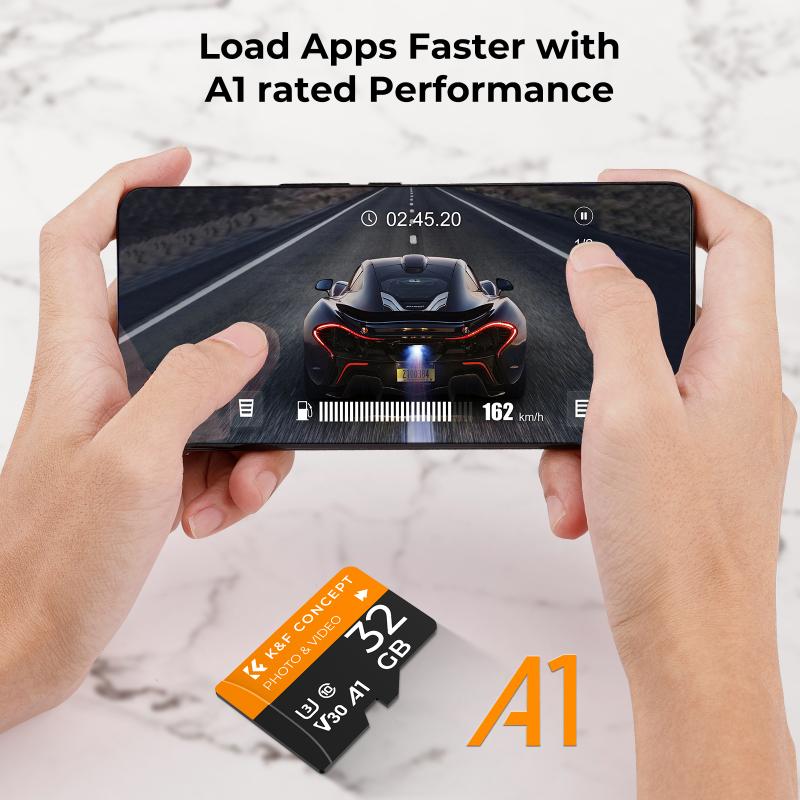
Before diving into the step-by-step guide, it's essential to understand what an SD card reader is and why you might need one for your iPhone. An SD card reader is a device that allows you to read and write data to an SD card. For iPhone users, this can be particularly useful for transferring large files, backing up photos, or expanding storage capacity without relying on cloud services.
Choosing the Right SD Card Reader
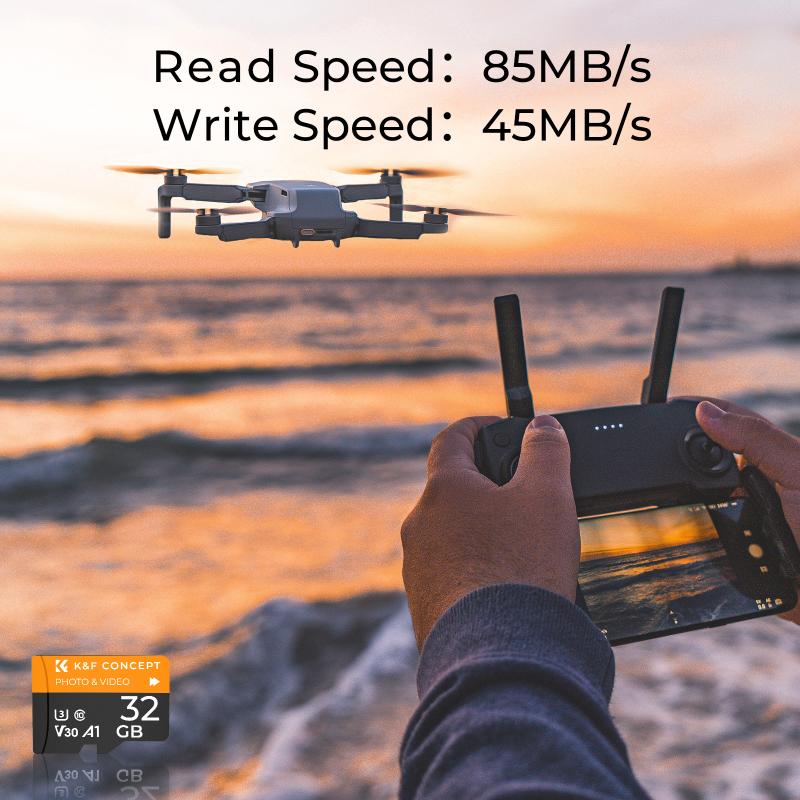
The first step in using an SD card reader with your iPhone is selecting the right one. There are several factors to consider:
1. Compatibility: Ensure that the SD card reader is compatible with your iPhone model. Most modern SD card readers connect via the Lightning port, but some newer models may use USB-C.
2. Speed: Look for an SD card reader that supports high-speed data transfer. This is particularly important if you plan to transfer large files or high-resolution videos.
3. Build Quality: A well-built SD card reader will last longer and provide more reliable performance. Look for one with a sturdy design and good reviews.
Setting Up Your SD Card Reader
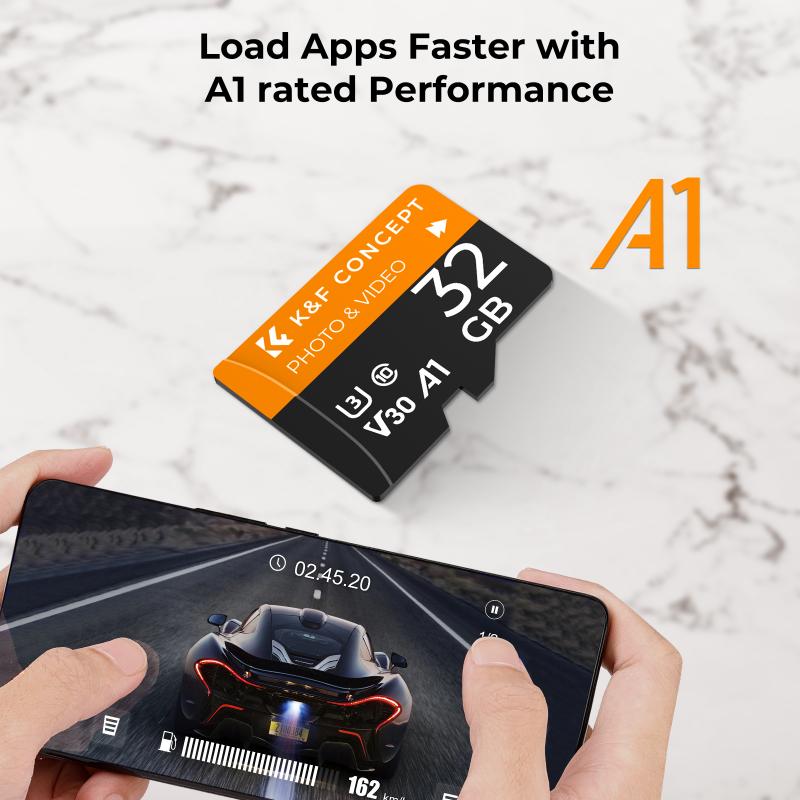
Once you have chosen the right SD card reader, the next step is to set it up with your iPhone. Here’s how:
1. Insert the SD Card: Insert your SD card into the SD card reader. Make sure it is properly seated to avoid any connection issues.
2. Connect to iPhone: Plug the SD card reader into your iPhone’s Lightning port or USB-C port, depending on your iPhone model and the reader you have chosen.
3. Open the Files App: On your iPhone, open the Files app. This app is pre-installed on iOS devices and allows you to manage files on your device and connected storage.
Transferring Files

With your SD card reader connected, you can now transfer files between your SD card and iPhone. Here’s a step-by-step guide:
1. Access the SD Card: In the Files app, you should see the SD card listed under the “Locations” section. Tap on it to access the contents of the SD card.
2. Select Files: Browse through the files on your SD card and select the ones you want to transfer. You can do this by tapping “Select” in the top right corner and then tapping on the files you want to transfer.
3. Copy or Move Files: Once you have selected the files, you can choose to copy or move them. To copy, tap the “Copy” option. To move, tap “Move” and then select the destination folder on your iPhone.
4. Paste Files: Navigate to the destination folder on your iPhone and tap “Paste” to complete the transfer.
Managing Files
Managing files on your SD card and iPhone is straightforward with the Files app. Here are some tips to help you stay organized:
1. Create Folders: Organize your files by creating folders. This can help you keep track of different types of files, such as photos, videos, and documents.
2. Rename Files: Rename files to make them easier to find. Tap and hold on a file, then select “Rename” to give it a new name.
3. Delete Unnecessary Files: Free up space by deleting files you no longer need. Select the files and tap the trash icon to delete them.
Troubleshooting Common Issues
While using an SD card reader with your iPhone is generally straightforward, you may encounter some issues. Here are common problems and their solutions:
1. SD Card Not Recognized: If your iPhone does not recognize the SD card, try removing and reinserting the card. Ensure that the card is properly seated in the reader. If the problem persists, try using a different SD card to determine if the issue is with the card or the reader.
2. Slow Transfer Speeds: Slow transfer speeds can be frustrating. Ensure that you are using a high-speed SD card and a compatible reader. Also, check for any background apps that may be consuming resources and close them to improve performance.
3. File Compatibility Issues: Some files may not be compatible with your iPhone. Ensure that the files you are transferring are in a format supported by iOS. If necessary, use a file conversion tool to convert the files to a compatible format.
Advanced Tips and Tricks
For those looking to get the most out of their SD card reader, here are some advanced tips and tricks:
1. Use Third-Party Apps: While the Files app is sufficient for most users, there are third-party apps available that offer additional features, such as advanced file management, cloud integration, and more.
2. Backup Photos and Videos: Use your SD card reader to back up photos and videos from your iPhone. This can free up space on your device and provide a secure backup of your precious memories.
3. Expand Storage: If you frequently run out of storage on your iPhone, consider using an SD card reader with a high-capacity SD card as an external storage solution. This can be particularly useful for storing large files, such as movies and music.
Using an SD card reader with your iPhone can significantly enhance your ability to manage and transfer files. By choosing the right reader, setting it up correctly, and following the steps outlined in this guide, you can easily transfer files between your SD card and iPhone. Additionally, by managing your files effectively and troubleshooting common issues, you can ensure a smooth and efficient experience. Whether you are a casual user looking to back up photos or a professional needing to transfer large files, an SD card reader is a valuable tool for any iPhone user.


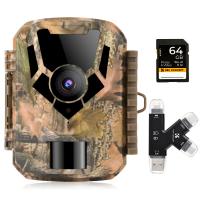
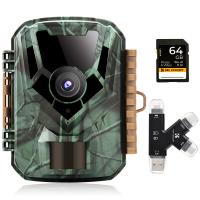






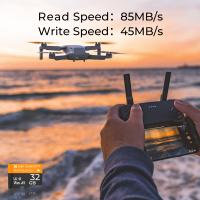
There are no comments for this blog.